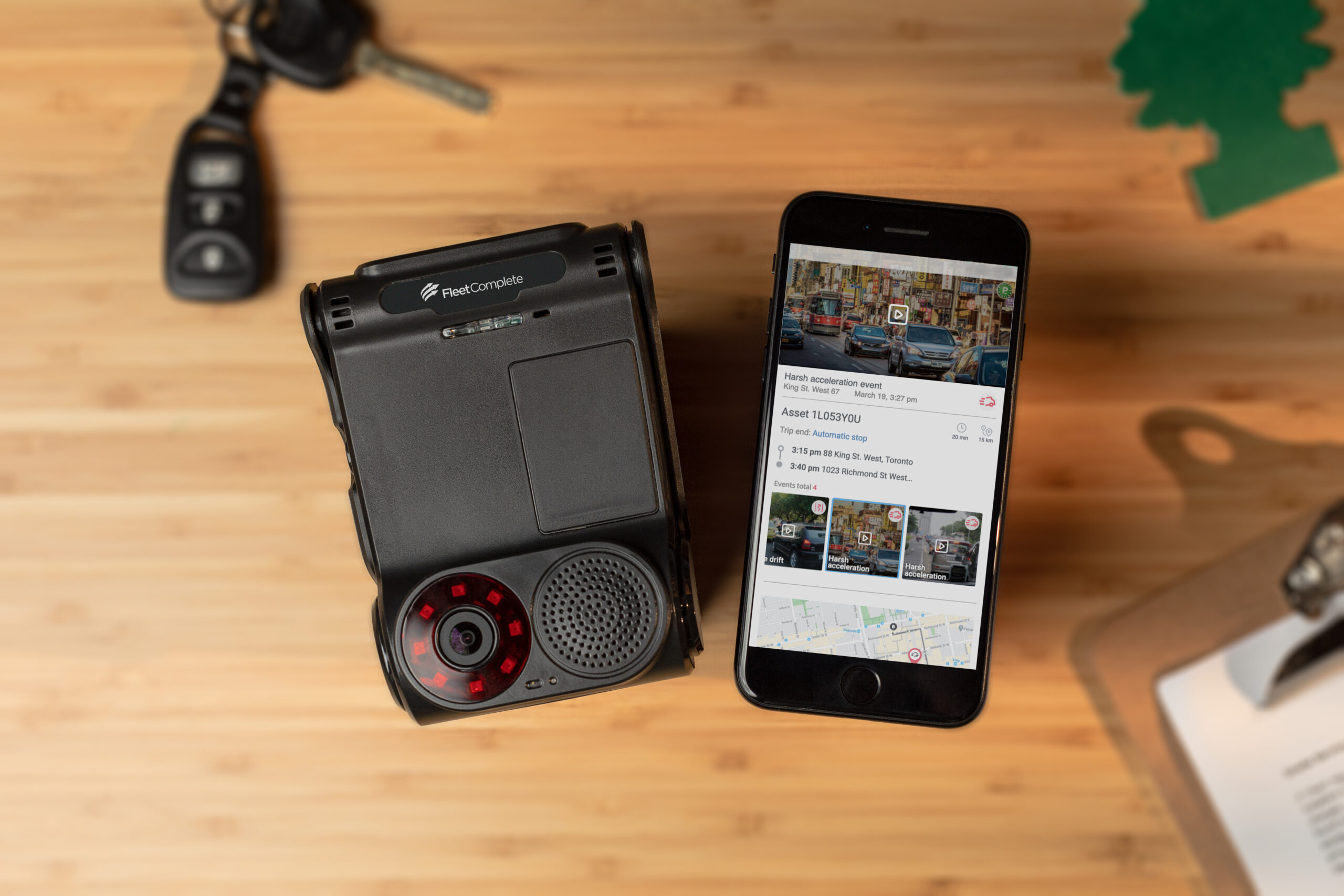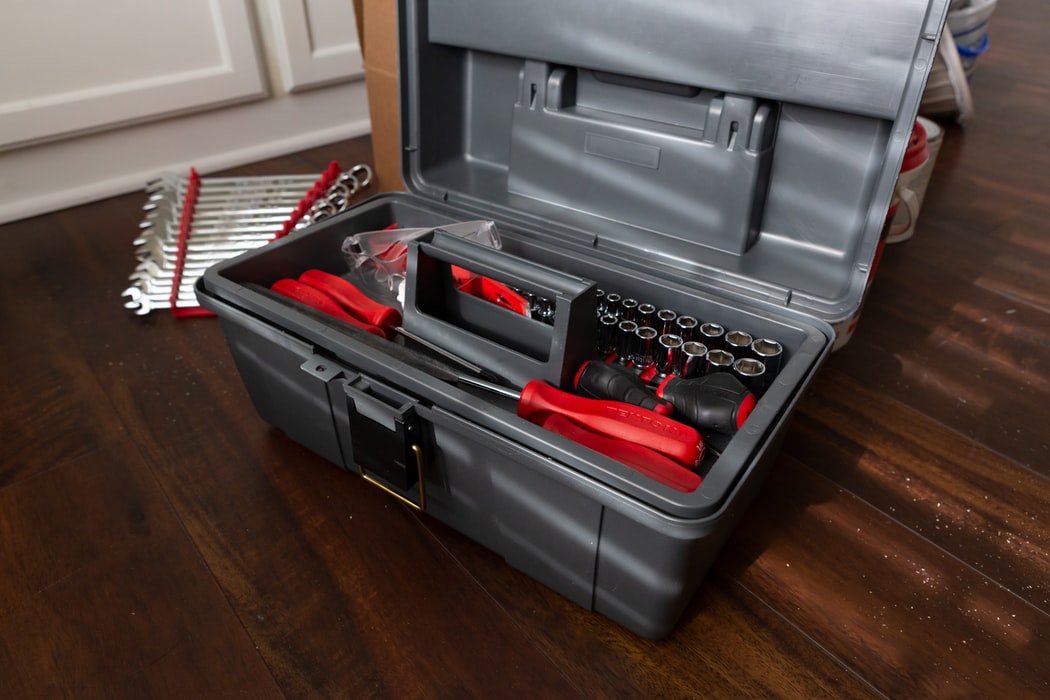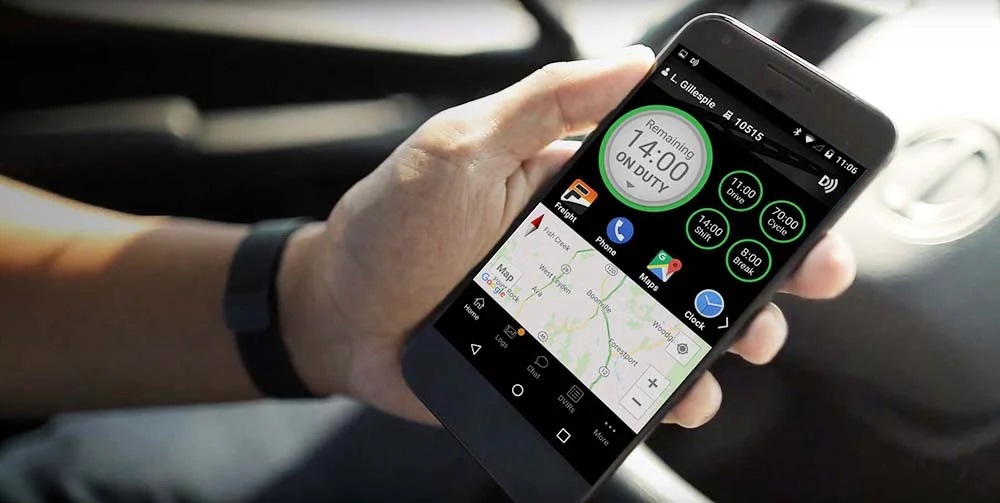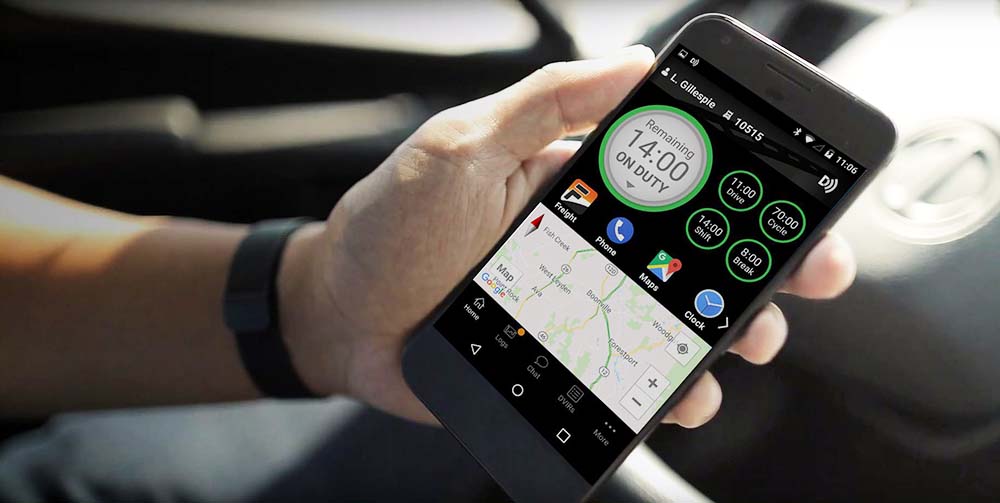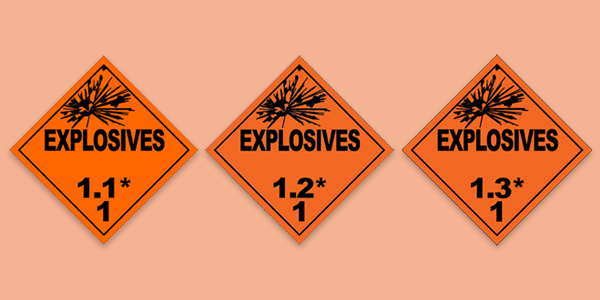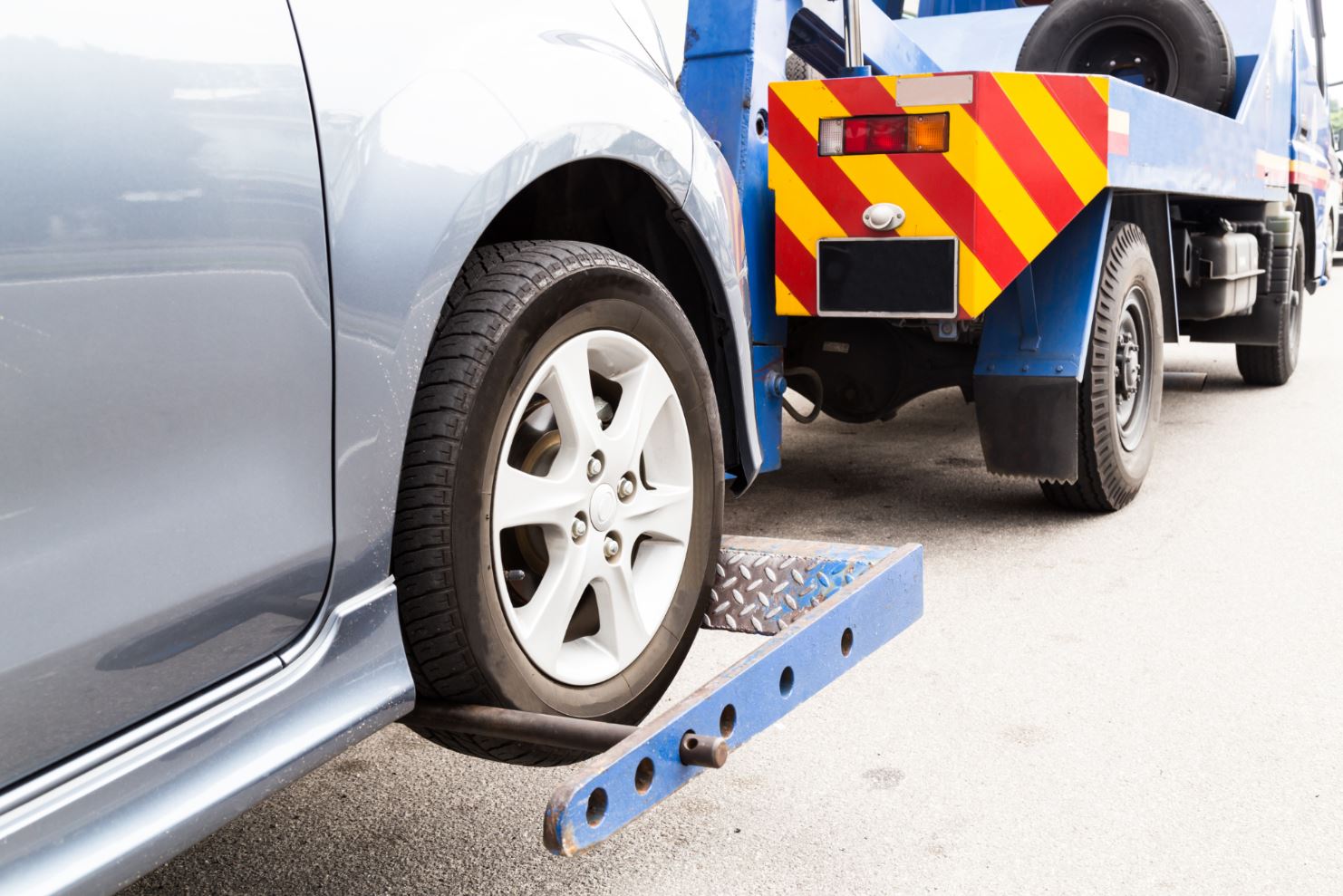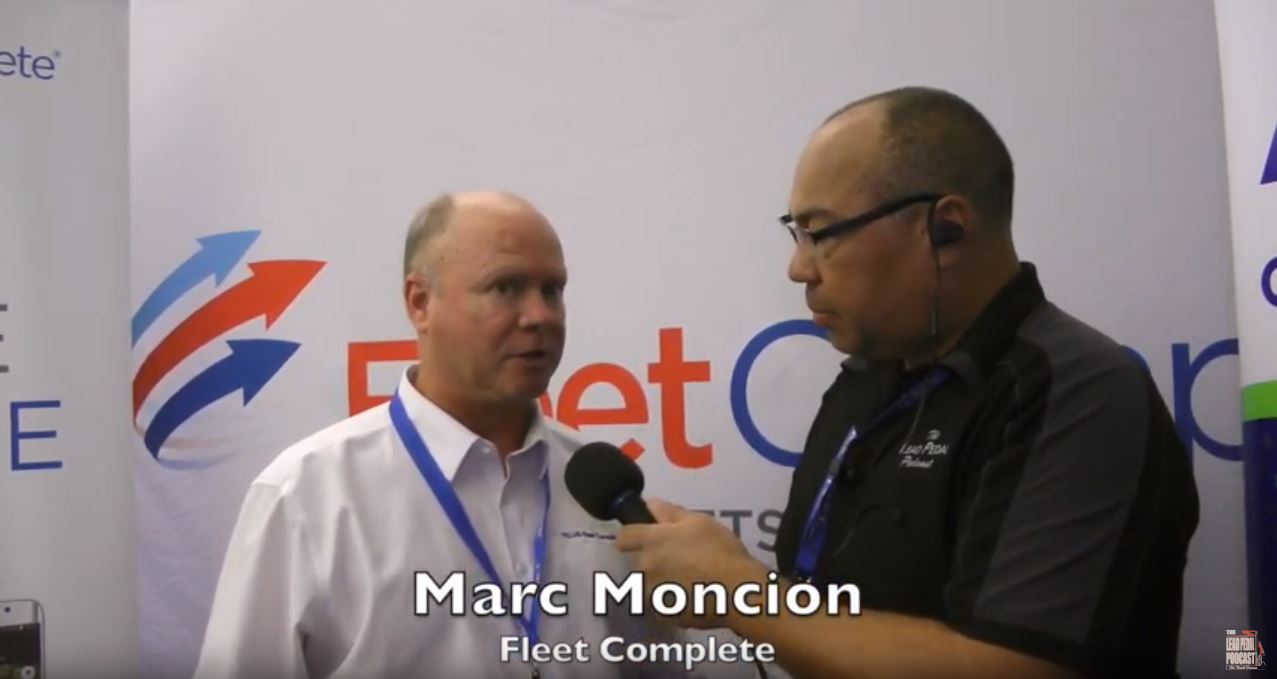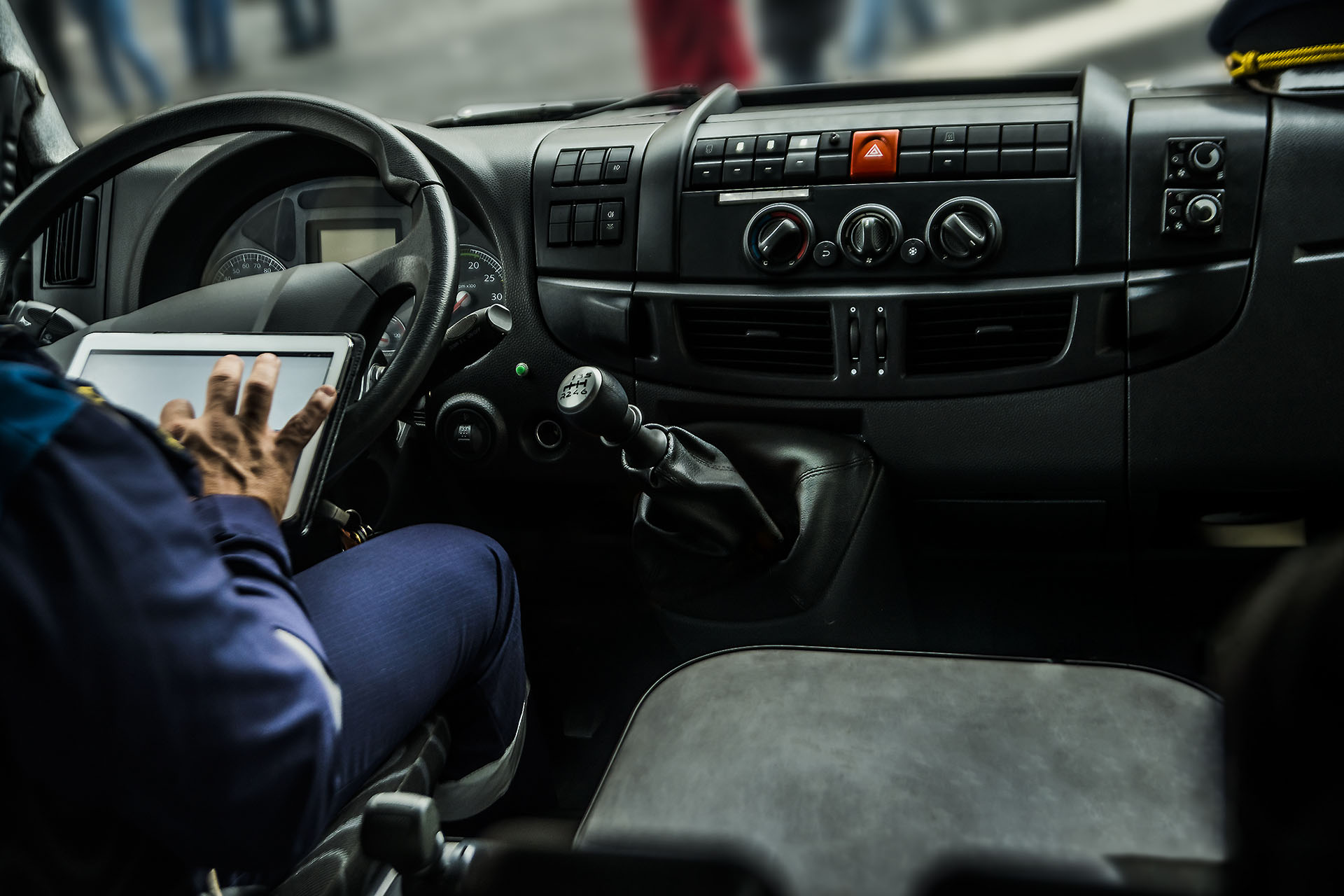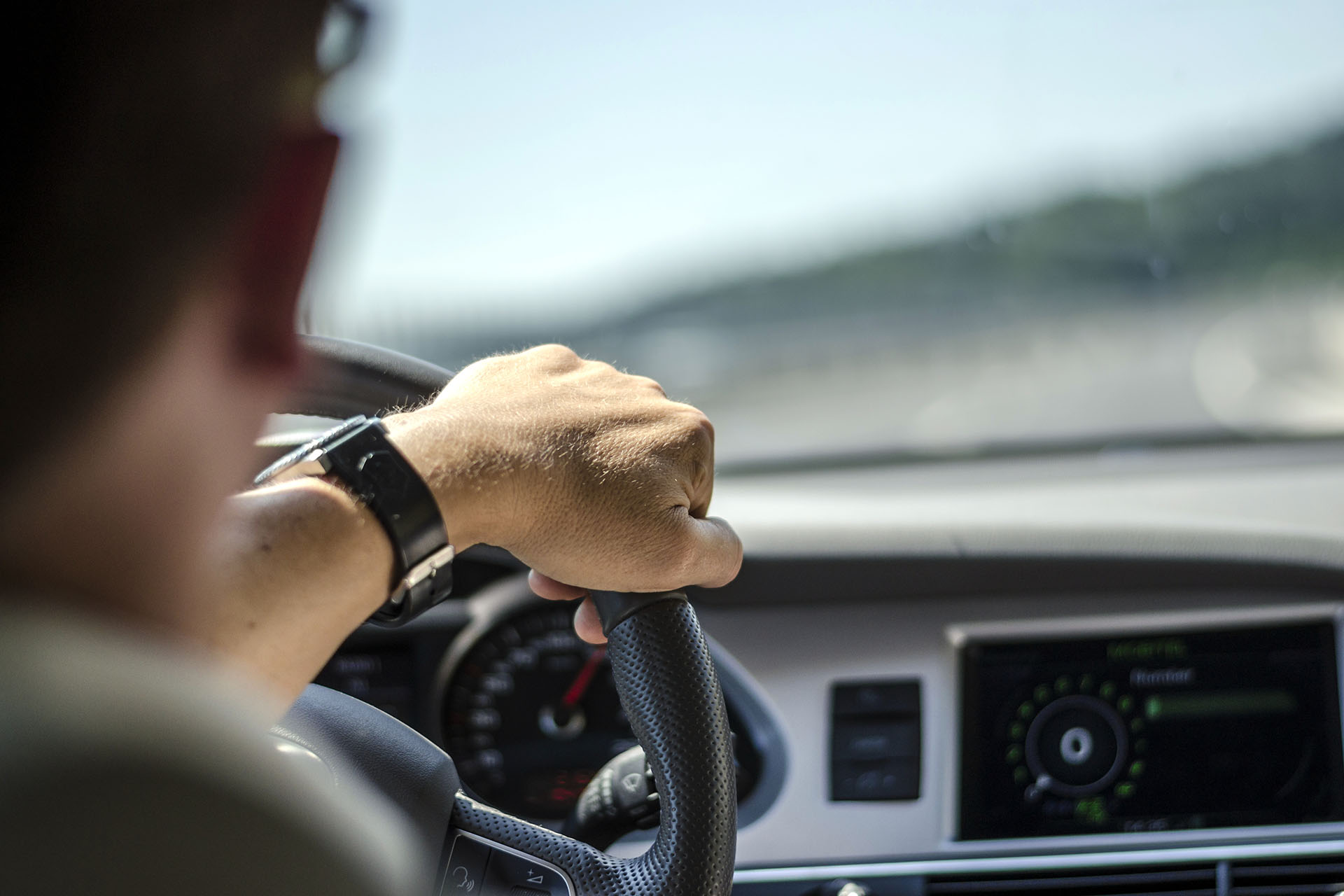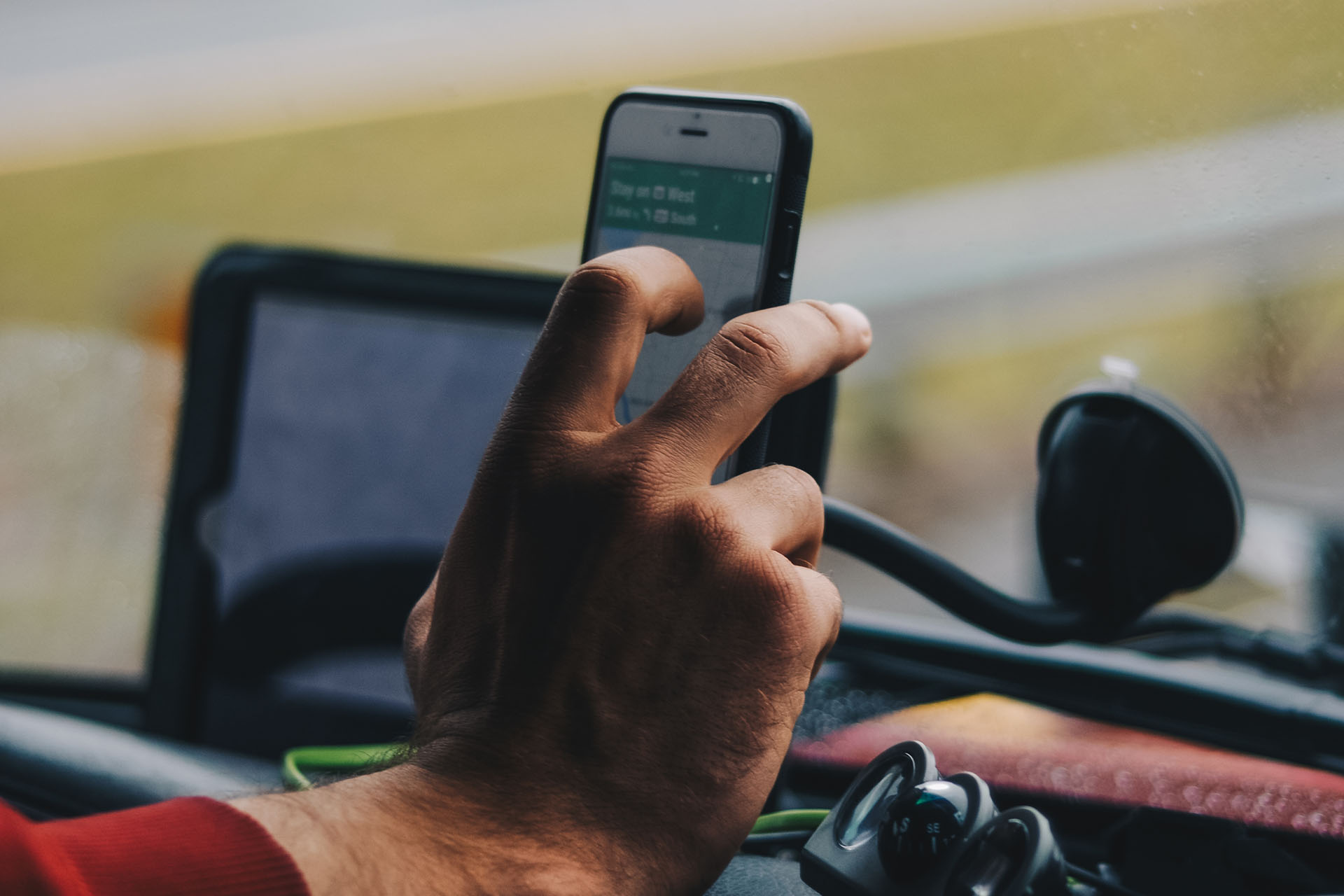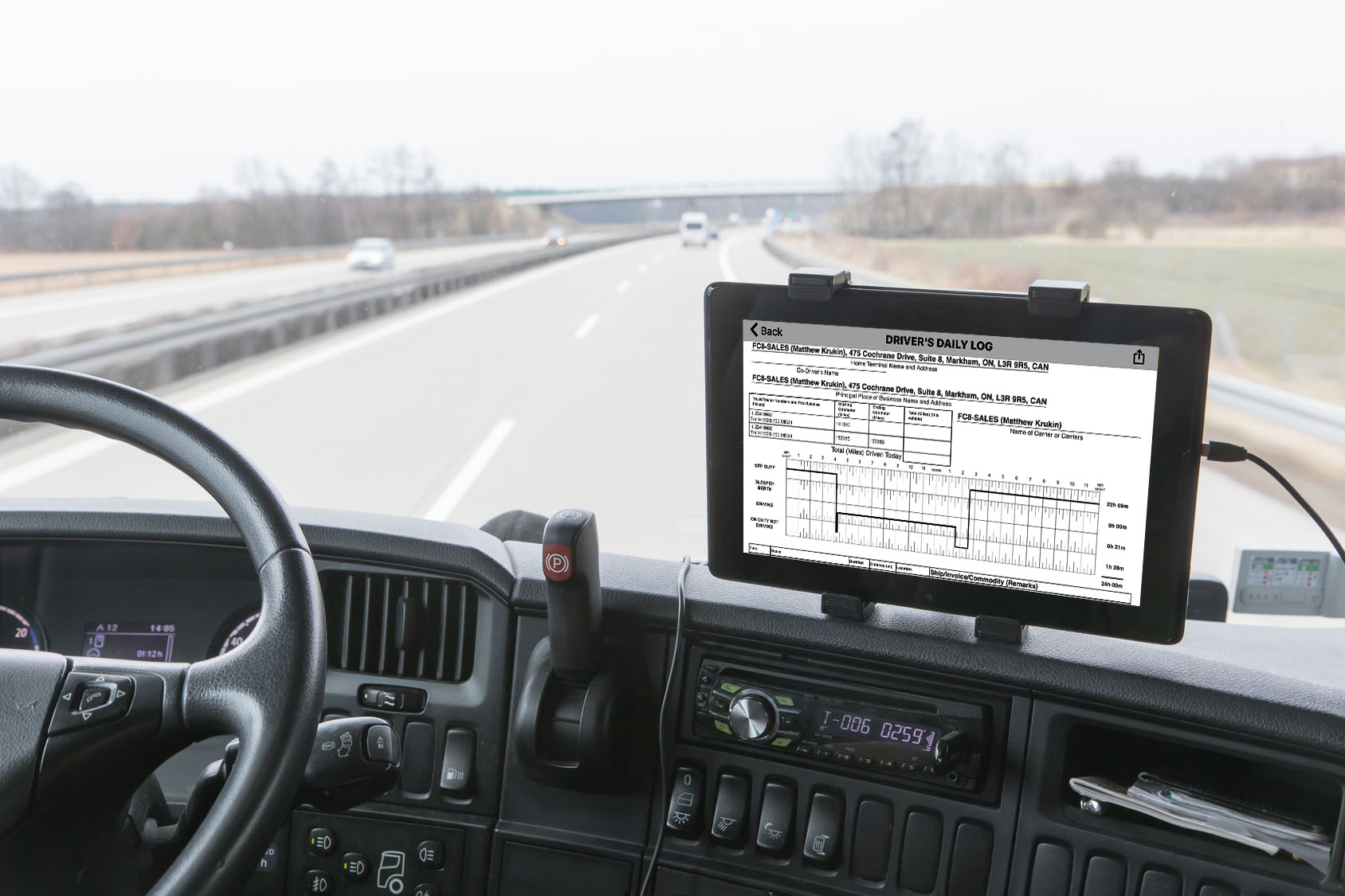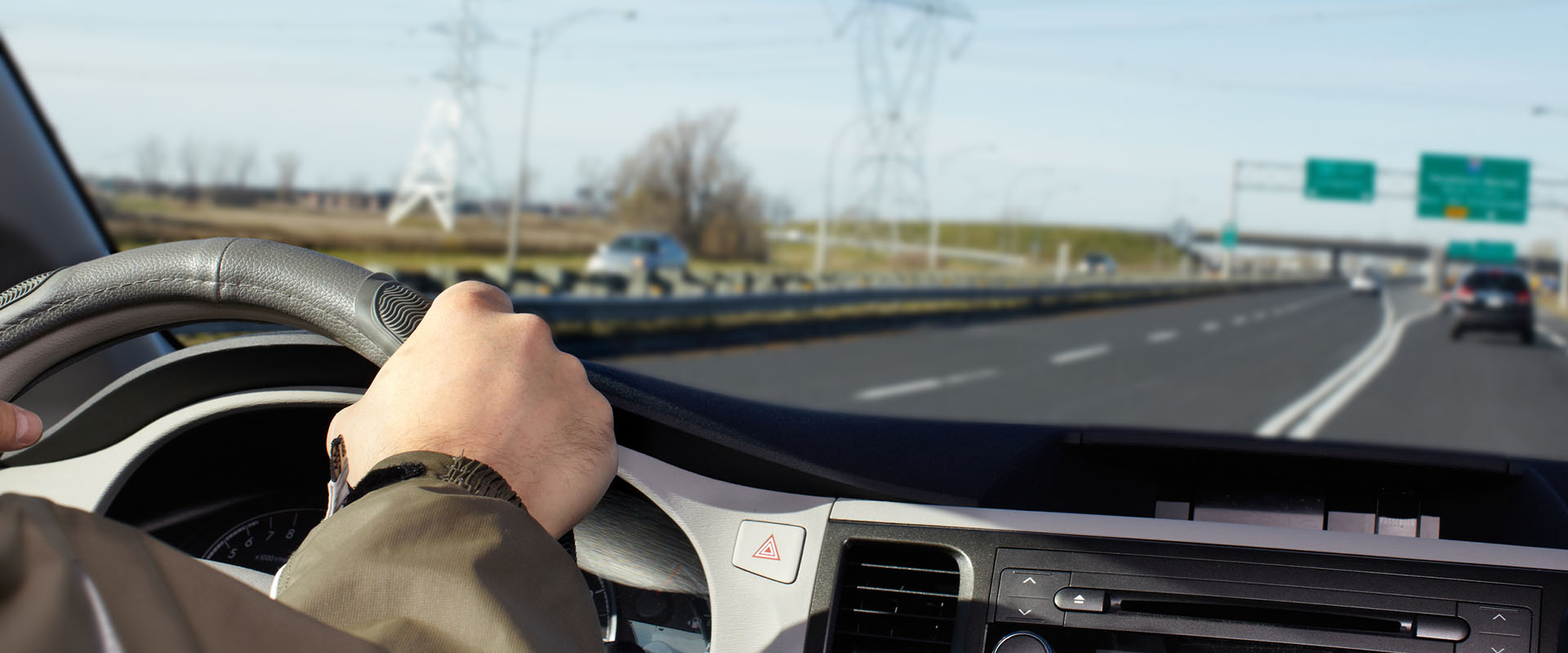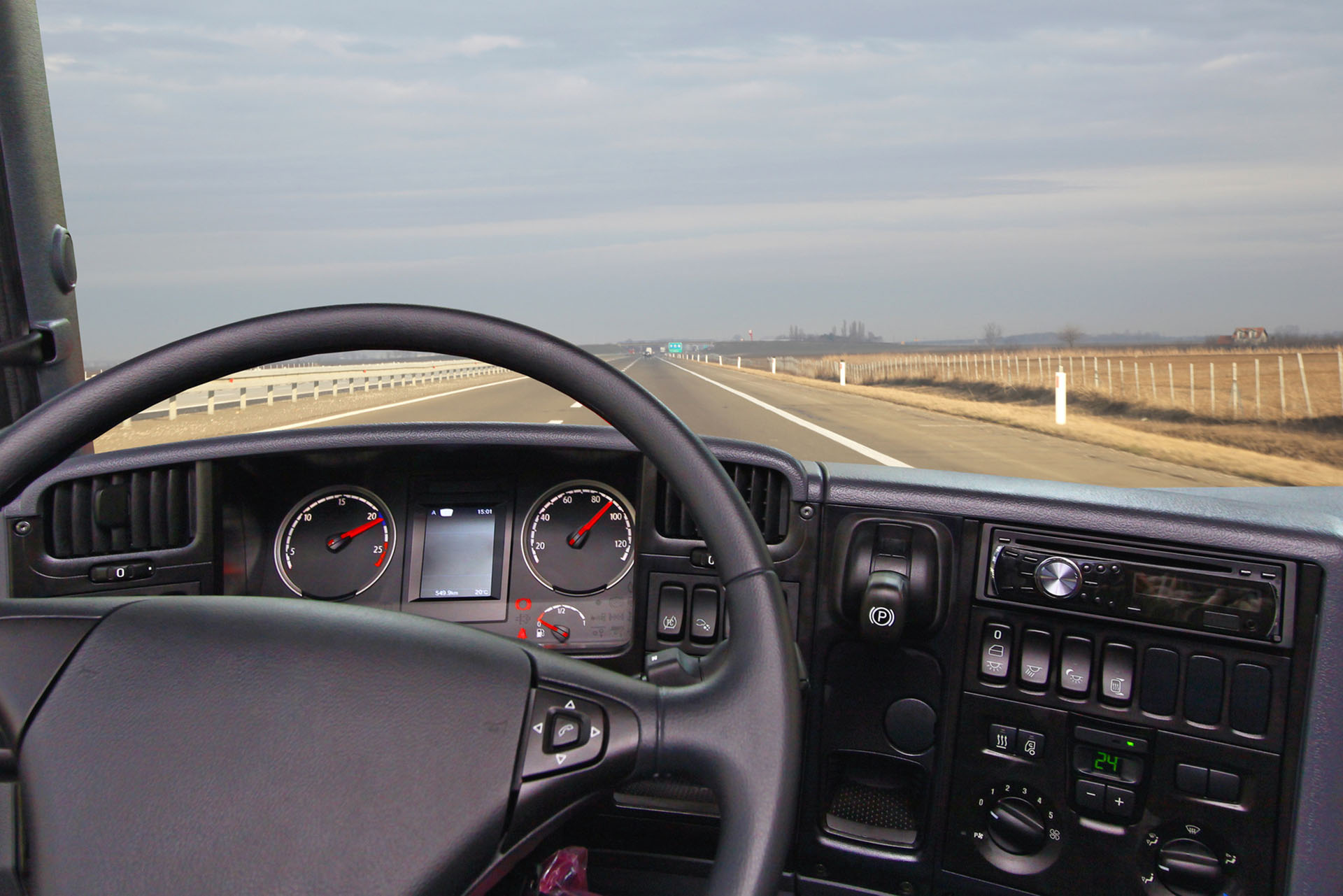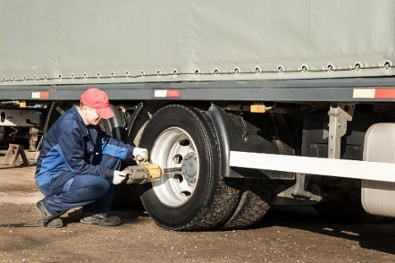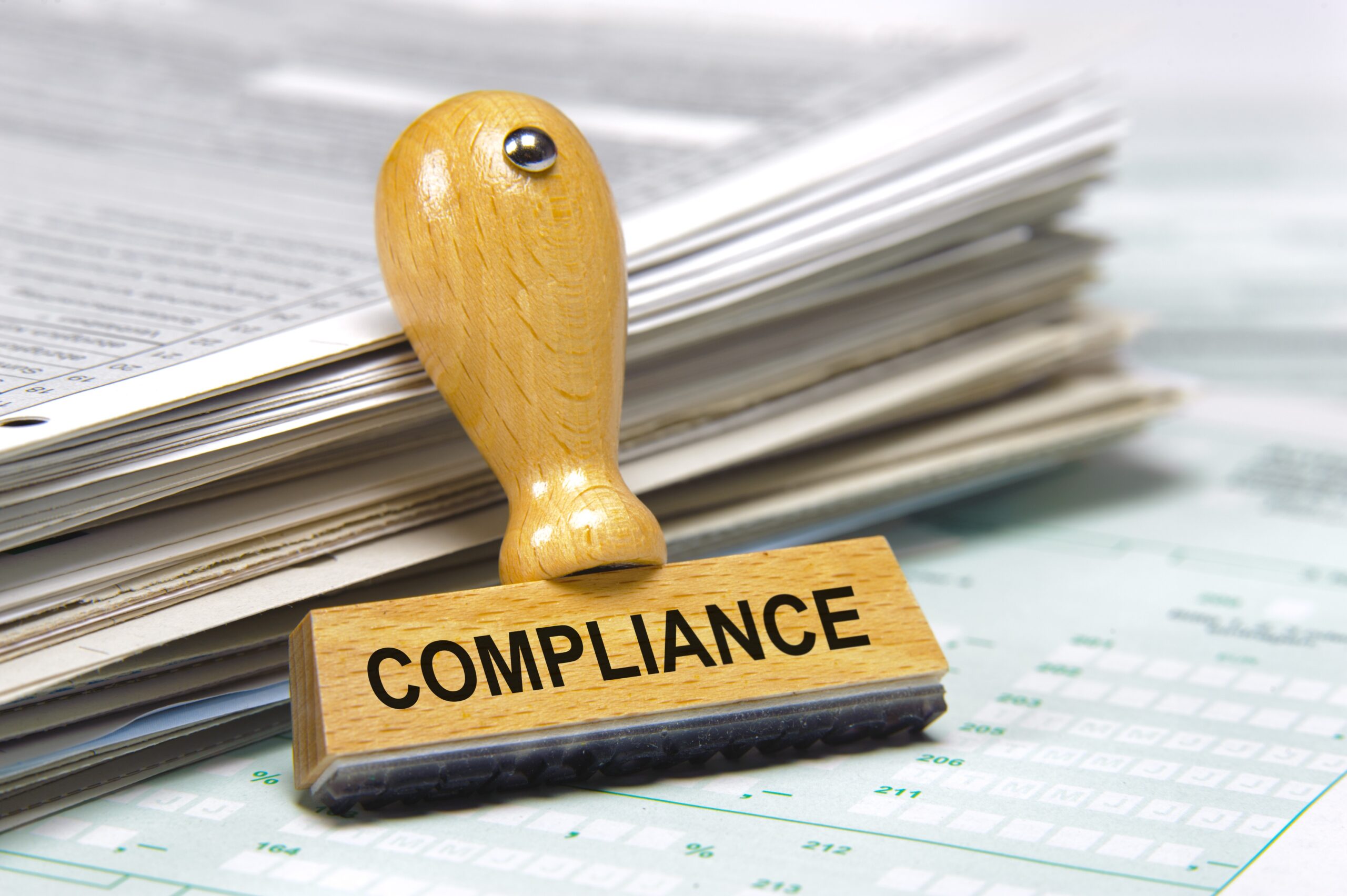Dear Marc,
We had a driver go through a DOT inspection yesterday. The officer took the tablet (which was in inspect mode) from the driver, exited the inspect mode, reviewed the driver’s logs, emailed them to himself and then passed the tablet back to the driver. To my understanding this is in complete violation of the rules regarding inspections that if it is a wireless source, the officer has to inspect in the mode that it is handed to him and cannot take the driver our of inspect mode. Please advise.
Dear Reader,
I will begin by making the distinction that requirements are different in United States versus Canada.
Following is the answer for Interstate motor carrier operating commercial motor vehicles in the United States:
Essentially, whether the electronic recording device installed in your commercial vehicle is an automatic on board recording device (AOBRD), or an electronic logging device (ELD), and Inspector does not have the authority to exit your HOS application on the handheld from the inspect mode to review your logs, email them to himself, and then pass the tablet back to you.
Should you consent to share your log-on credentials and password with the Inspector to get out of the inspect mode, that would be an entirely different discussion altogether.
What you must do is comply with the specific display, print and/or date transfer requirements outlined in Part 395, depending on the type of device you are using.
In the case of an AOBRD, §395.15 (b) (1) states that the device shall produce, upon demand, your hours of service chart, electronic display, or printout showing the time and sequence of duty status changes including the your starting time at the beginning of each day.
The device also has to provide a means for a safety official to immediately check the status of the your hours of service. This information may be used in conjunction with handwritten or printed records of duty status, for the previous 7 days that you may have in your possession to support what is being displayed electronically.
You are also required to have in your possession records of duty status for the previous 7 consecutive days available for inspection while on duty. These records shall consist of information stored in and retrievable from the AOBRD, handwritten records, computer generated records, or any combination thereof.
All hard copies of your record of duty status must be signed by you to certify that the information contained thereon is true and correct.
Finally, you must also have a supply of blank driver’s records of duty status graph-grids sufficient to record your duty status, and other related information for the duration of the current trip.
Therefore, there is no requirement in §395.15 for your hours of service records to be required to be sent to a safety official directly through the app under AOBRD. That is only a prescribed requirement for ELD under 4.9.1. Data Transfer During Roadside Safety Inspections.
For your convenience, here is a link to the Federal Motor Carrier Safety Administration (FMCSA) on how to transfer data of hours of service records to a safety official at roadside using an ELD device must be done.
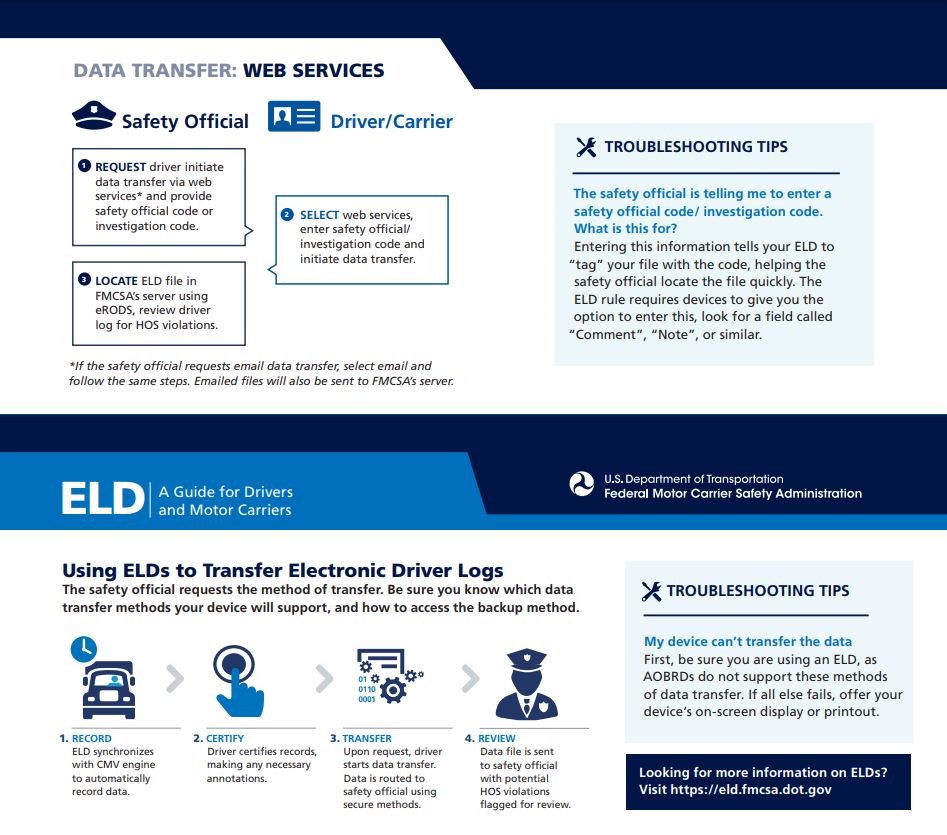
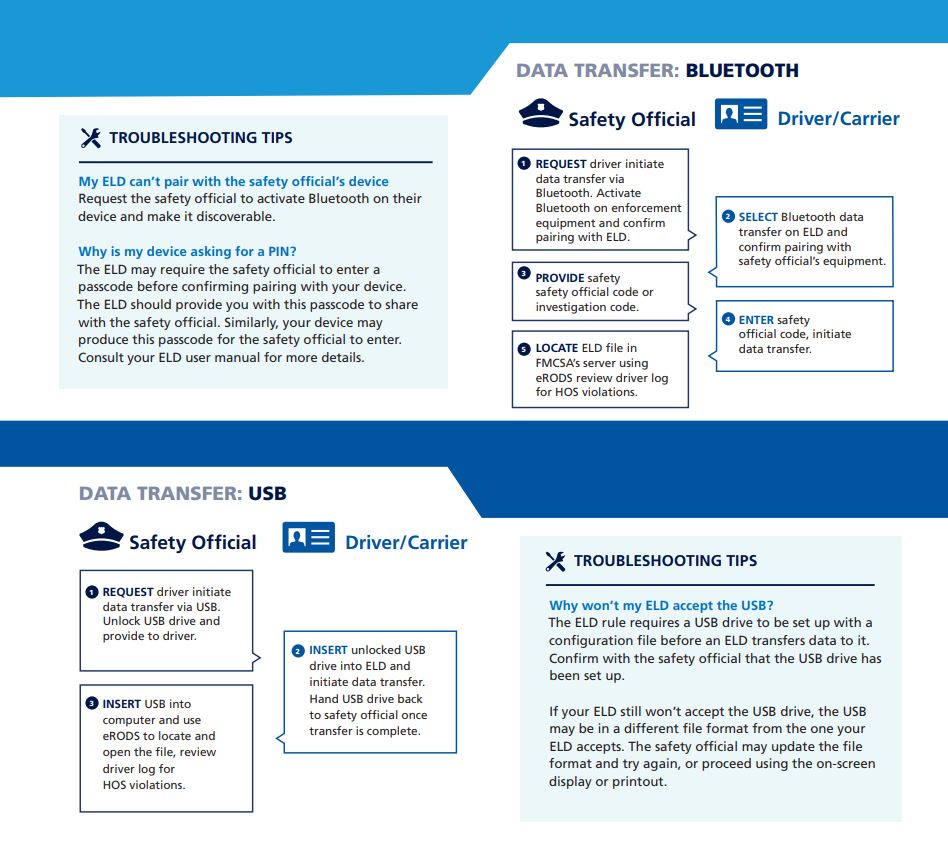
Following is the answer for Canadian regulated motor carriers:
In the instance of the carrier in question being a Canadian regulated carrier for the purposes of HOS compliance, the carrier is governed by the Commercial Vehicle Drivers Hours of Service Regulations – SOR/2005-313.
If an electronic recording device is installed in your commercial vehicles, which is the case in this instance, a driver may use such a device for recording their duty status provided it complies with section 83 of SOR/2005-313.
Specifically, the information contained in the electronic recording device is the same as the information that would have been provided if it had been submitted as a daily log in paper format, which is the case.
Further, when requested to do so by an Inspector, the driver can immediately provide the information for the previous 14 days, by producing it on a digital display screen of the electronic recording device, or in handwritten form, or on a print-out, or any other intelligible output, or any combination of these.
Of course I was not at roadside to know exactly what took place. Therefore, I will have to make the assumption that the driver attempted to comply with one of the methods described above in which the Inspector can requested the logs, as the regulation does not prescribe that all methods must be available as a condition for compliance with section 83.
The only scenario where there could be an issue is if the carrier did not provide blank daily log forms in the commercial vehicle for the driver’s use, as required by 83 (h). Not having blank daily log forms can and will lead to potential enforcement action against both the carrier and the driver.
If the carrier did provide blank logs for the driver to complete upon request of the Inspector, and the driver did offer to recreate the logs on paper based on the information from the electronic recording device, it would be highly irregular for the Inspector to take the tablet from the driver that was in inspect mode.
Further, the Inspector does not have the authority to take a driver out of the inspect mode to review his logs in the manner that the driver originally surrendered the logs. The optics in this case are not good, since there is the potential for the Inspector to edit a driver’s logs when out of inspect mode, and subsequently put the driver in violation of one of many HOS rules contained in SOR/2005-313.
This is not to say that an Inspector would purposely to this.
The Inspector also does not have the authority to email the logs to himself according to SOR/2005-313, and then pass the tablet back to the driver, unless the driver specifically consented to having the Inspector transfer the logs via email per the ‘any other intelligible output’ as described above.
Finally, since the allegation is that the Inspector emailed the logs to himself, the Inspector is subsequently required to provide a receipt in the form set out in Schedule 3 (see below), for the copy of the daily logs, and/or supporting documents and other relevant records that were transferred according to 98 (4) of SOR/2005-313.
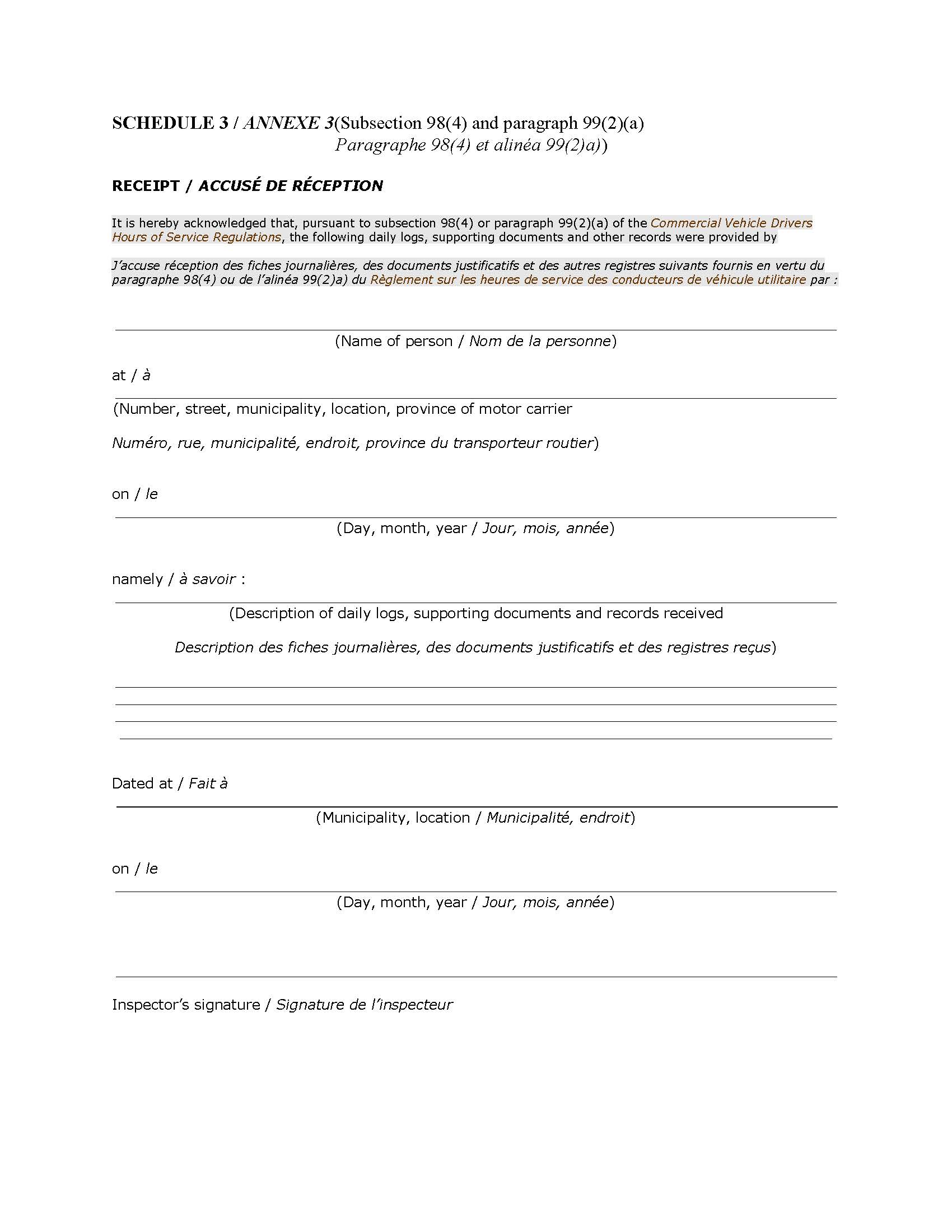 Did the Inspector provide such a receipt in the form set out in Schedule 3 to driver?
Did the Inspector provide such a receipt in the form set out in Schedule 3 to driver?
Did the Inspector give the driver an Inspection Report of the incident to confirm name and badge number of the Inspector?
Were there any citations or summons issued against the carrier and/or the driver?
Regardless if a citation or summons was issued, I would recommend that the carrier escalates this matter with the local Enforcement District for resolution.
In closing, in order to comply with the electronic recording device requirements under section 83, the device must be capable of displaying the following:
- the driving time and other on-duty time for each day on which the device is used,
- the total on-duty time remaining and the total on-duty time accumulated in the cycle being followed by the driver, and
- the sequential changes in duty status and the time at which each change occurred for each day on which the device is used
Fleet Complete BigRoad ELD solution does meet these requirements. Canadian regulated motor carriers using BigRoad solution are able to use such a device for HOS recording, provided the driver is complying with the above requirements under SOR/2005-313.














